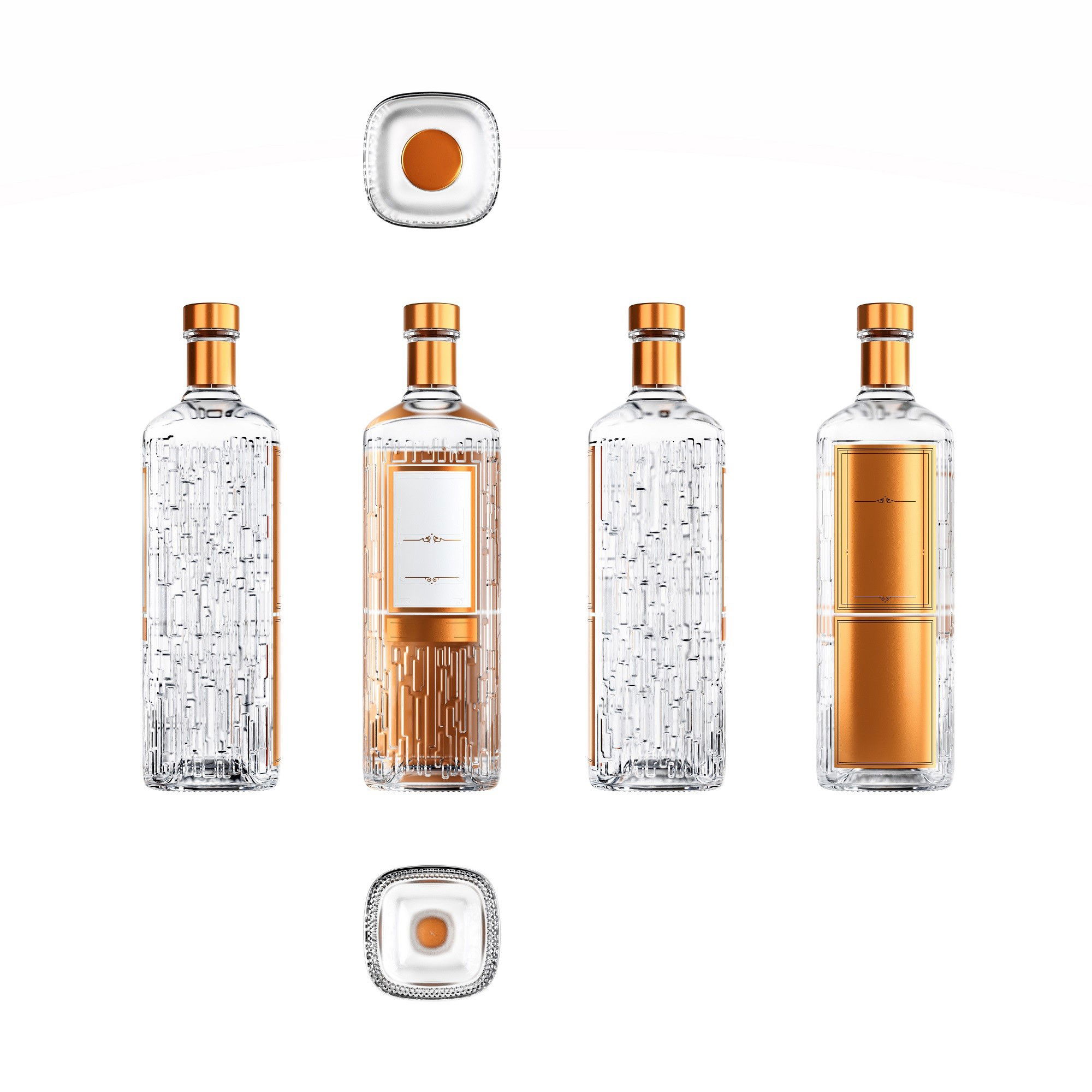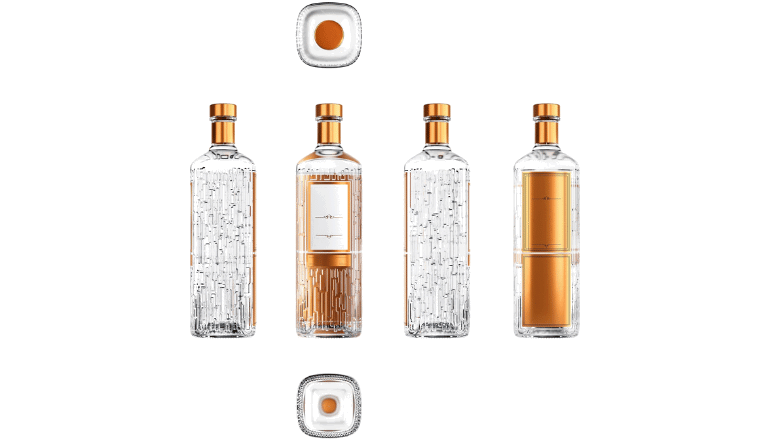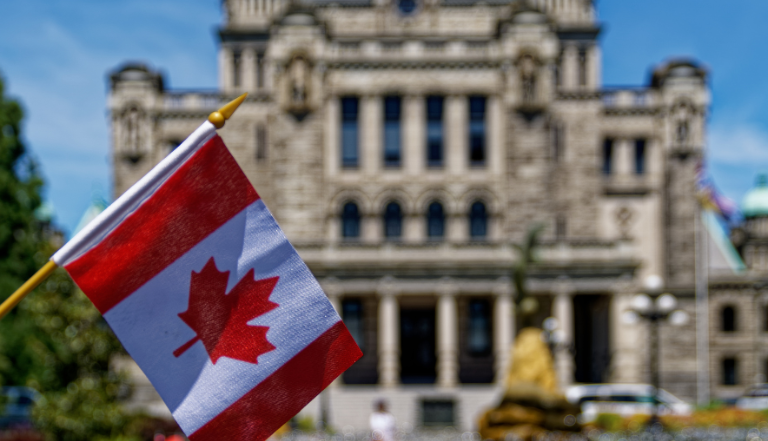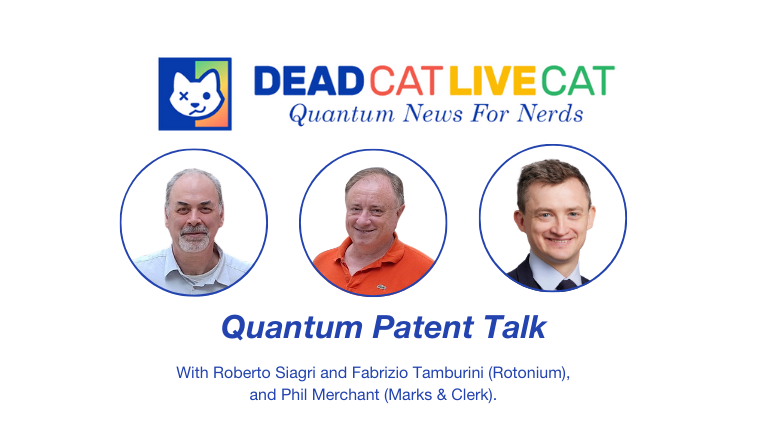Absolut Vodka was first launched in New York in 1979. The brand takes sustainable packaging seriously and claim that today every Absolut Vodka bottle is made with more than 40% recycled glass. The brand uses a production philosophy called ‘one source’ whereby every aspect of production takes place in and around the small village of Åhus, Sweden. All ingredients for Absolut Vodka are sourced from Southern Sweden; every drop of water and every seed of wheat comes from one water source, one village and one community.
Absolut’s one source story informs consumers that the entire manufacturing process is controlled from seed to bottle, tracing the product that is in the consumer’s hand all the way back to Absolut’s farmers. But what happens when Absolut seeks to obtain IP protection for the shape of its bottle, alleging that the distinctive bottle alone enables consumers to trace the product back to Absolut?
Registering 3D shapes as trade marks can be difficult. Registration depends on a number of factors, including whether the mark in question can be sufficiently differentiated from other shapes present in the relevant market.
The EU Intellectual Property Office (EUIPO) Fifth Board of Appeal (BOA) recently considered these factors in a decision concerning The Absolut Company Aktiebolag’s (Absolut) application to register the 3D shape of a bottle for alcoholic beverages, in particular vodka.
Background
In 2019, Absolut applied to register the following shape of a vodka bottle as a 3D mark in Class 33 for vodka.
The EUIPO Examiner refused the application under Article 7(1)(b) of the EU Trade Mark Regulation, finding that the relevant consumers would perceive the sign applied for (as a whole) as non-distinctive and not as the trade mark of a particular undertaking.
The Examiner found that the elements of the bottle were not outstanding or eye-catching so as to create an overall impression which would significantly depart from the customs and norms of the market.
Absolut appealed, arguing that its mark was highly distinctive given the combination of various fanciful features that, when viewed and judged together, were more than the mere sum of individual constituent parts.
BOA Decision
In reaching its decision, the board considered that the relevant public would be EU consumers, who would perceive the mark applied for with a low to average level of attention.
Absolut argued that the distinctiveness of their mark should be assessed by reference to the vodka sector. However, the board considered that the mark consists of the 3D shape of the packaging of the goods in question. Vodka, because of its very nature, must be packaged in order to be marketed, so that the packaging chosen imposes its shape on the goods.
In light of this, the board considered that the relevant norm or customs may be those which apply in the sector of the packaging of goods which are of the same type and intended for the same consumers. In this case, the board found the mark should be assessed by reference to the broader alcoholic beverages sector.
The discussion in the decision focused on six features in particular:
- Closure of the bottle – Absolut argued that the unusual copper colour stood out in the relevant market environment;
- Rectangular body structure including a short neck, conical bottle shoulder – Absolut argued that the unusual ‘square shape’ of the bottom of the bottle departed from the norms and customs in the relevant trade (bottles in the vodka sector are generally cylindrical or oval and do not contain a square-shaped bottom);
- An innovative and exceptional maze-like surface structure applied to the bottle’s sides, which Absolut said was nowhere to be seen on the entire market;
- The design of the back of the bottle being entirely ‘copper’ in colour – this consisted of two rectangular shapes that extend from the shoulder of the bottle to the bottom part, occupying almost the entire back part of the bottle. Absolut stated that those rectangular shapes were visible from all sides and would not go unnoticed by consumers.
- The front label, which was white colour and showed different shades or nuances ranging from copper to brown or gold with some ornamental patterns; and
- The wrapper that appeared on the neck of the bottle, which also showed different shades or nuances ranging from copper to brown or gold.
In their overall assessment, the BOA considered that the first three elements did not depart significantly from the available norms and customs on the market; however, elements 4, 5 and 6 would not go unnoticed by consumers. Those elements have a strong impact on the perception of the whole shape of the bottle. As a result, consumers would be in a position to recall especially the design of the back of the bottle.
The colour scheme would not be perceived as a purely aesthetic ‘decoration’ of the goods: instead, due to its size and predominance, the colour scheme would be eye-catching and striking.
Despite the consideration that a single colour in itself is not distinctive, the fact that shades or nuances ranging from copper to brown or gold that covered a significant part of the shape of the bottle, precluded a finding of non-distinctiveness.
On this basis, the board concluded that the shape of the bottle departed sufficiently from those available on the relevant market so that the sign applied for was distinctive enough to be a trade mark.
Takeaway points
The decision confirms the test that, only a shape mark which departs significantly from the norm or customs of the sector fulfils the essential function of a trade mark and can be registered.
In this case, the fact that shades ranging from copper to brown or gold covered a significant portion of the bottle’s design was sufficient to preclude a finding of non-distinctiveness.
This ruling suggests that prospective shape marks ought to incorporate more than one colour, to be more readily seen as eye-catching and striking, and not too complex, in order to be remembered by consumers.
It also reinforces the fact that the shape applied for should depart sufficiently from those available on the relevant market in order to avoid being found devoid of any distinctive character.



